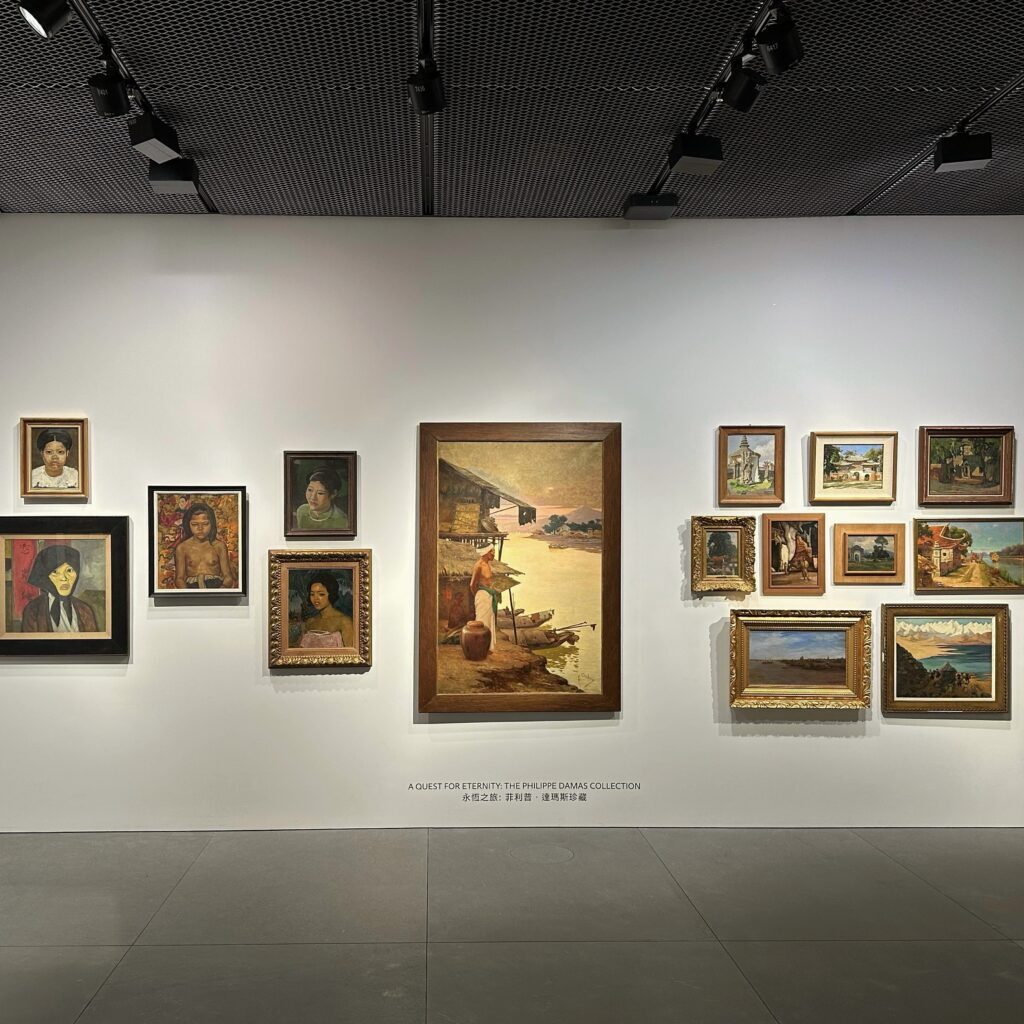
Mai Trung Thu (Vietnam/France, 1906-1980)
Procession Musicale pour enfants (Ch ild ren's Musical Procession)
signed 'Mai Thu' and dated in Chinese (lower right)
ink and gouache on silk
92 x 32 cm. (36 ¼ x 12 5/8 in.)
Painted in 1970
one seal of the artist
Price Realised HKD 2,200,000 at Christie's Hong Kong, 29 November 2015
The three first-generation modern Vietnamese artists - Le Pho, Vu Cao Dam and Mai Trung Thu - were bound by their birth circumstances (born into mandarin families in Hanoi and its surrounding region), their education (they graduated from the Hanoi Fine Art School in 1931-1932), and their artistic calling (they decided to leave Vietnam and settled in France between 1931 and 1937). Of the three, Mai Trung Thu stood slightly apart, remaining the most singularly Vietnamese of the trio. Immediately distinguishing himself from his best friends, Mai Thu did not start a family in France, and was singular in his choice of medium - gouache and ink on silk, having abandoned painting oil on canvas after 1937. He also never developed lacquer painting which Le Pho only gave up because he was allergic to the material. Mai Trung Thu also did not venture into sculpture, a field that Vu Cao Dam was highly skilled at.
Mai Thu poured his energies into a limited range of themes, mainly involving women and children, and often depicted a combination of both. He favoured scenes that are set to bring forward a main character, without guise, and accessible to viewers. The range of colours and tones are modulated and subtle, lines are strong and firm, with black ink used liberally to enhance the hair or define objects set within neutral backgrounds.
Mai Thu’s works evoke an atmosphere, and sets out on a quest of Confucian will to articulate the harmony between painting and life. Every detail brings out softness, peace and a sense of sensual delight. His women are always gentle and almost submissive in their demeanour. For instance, extolling the virtuous nature of domestic work in Jeune Femme Lavant le Linge (Woman Washing Linen) (Lot 551), depicting piousness in La Prière (The Prayer) (Lot 555), or representing the daily tasks of beautification in La Toilette (Powder Room) (Lot 556). Mai Thu also delighted in the depiction of the innocence and precociousness of children. In Studying (Lot 552) a young boy daydreams – his attention lost from the book laid open before him. Procession Musicale pour enfants (Children's Musical Procession) (Lot 553) celebrates the lighthearted fun and wonderment of childhood, while La Couture (Sewing) (Lot 554) presents a young girl within a more traditional world of domestic tasks that she will continue into her womanhood. Through a sensitive nostalgia, Mai Trung Thu remained throughout his life, a visual poet of his homeland.
Jean-François Hubert
Senior Expert, Vietnamese Art










